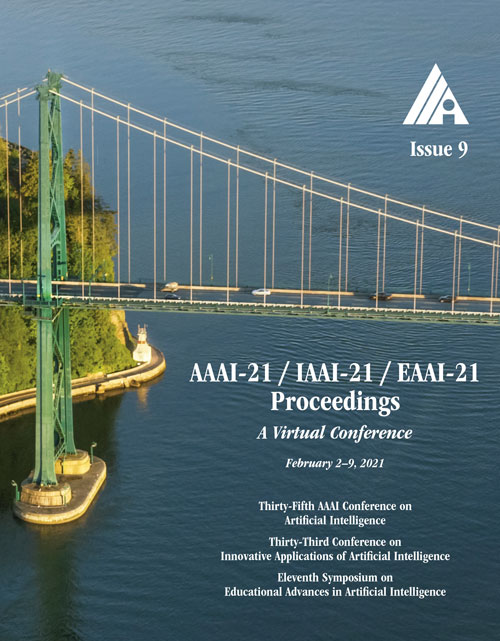VSQL: Variational Shadow Quantum Learning for Classification
DOI:
https://doi.org/10.1609/aaai.v35i9.17016Keywords:
Quantum Machine Learning, (Deep) Neural Network AlgorithmsAbstract
Classification of quantum data is essential for quantum machine learning and near-term quantum technologies. In this paper, we propose a new hybrid quantum-classical framework for supervised quantum learning, which we call Variational Shadow Quantum Learning (VSQL). Our method in particular utilizes the classical shadows of quantum data, which fundamentally represent the side information of quantum data with respect to certain physical observables. Specifically, we first use variational shadow quantum circuits to extract classical features in a convolution way and then utilize a fully-connected neural network to complete the classification task. We show that this method could sharply reduce the number of parameters and thus better facilitate quantum circuit training. Simultaneously, less noise will be introduced since fewer quantum gates are employed in such shadow circuits. Moreover, we show that the Barren Plateau issue, a significant gradient vanishing problem in quantum machine learning, could be avoided in VSQL. Finally, we demonstrate the efficiency of VSQL in quantum classification via numerical experiments on the classification of quantum states and the recognition of multi-labeled handwritten digits. In particular, our VSQL approach outperforms existing variational quantum classifiers in the test accuracy in the binary case of handwritten digit recognition and notably requires much fewer parameters.Downloads
Published
2021-05-18
How to Cite
Li, G., Song, Z., & Wang, X. (2021). VSQL: Variational Shadow Quantum Learning for Classification. Proceedings of the AAAI Conference on Artificial Intelligence, 35(9), 8357-8365. https://doi.org/10.1609/aaai.v35i9.17016
Issue
Section
AAAI Technical Track on Machine Learning II

